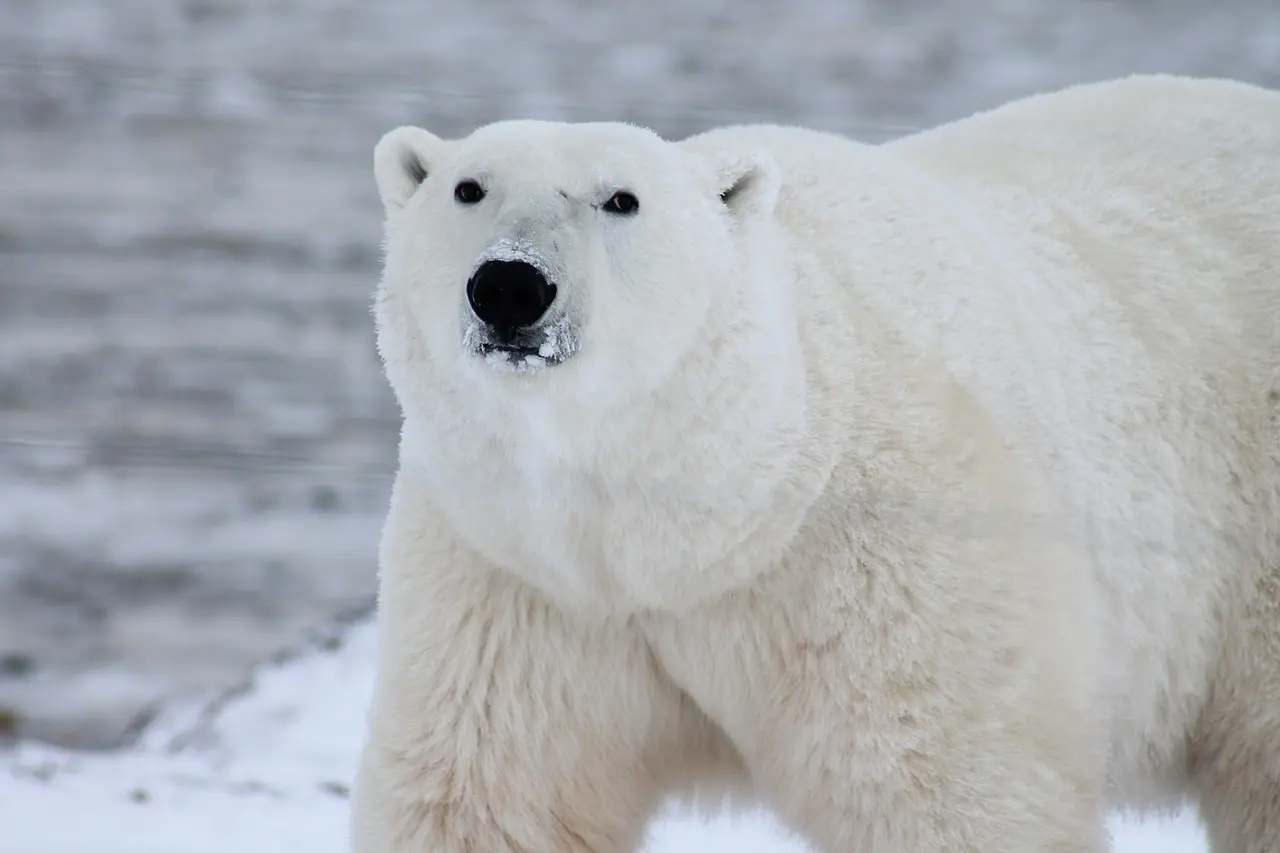Polar bears are masters of surviving in the Arctic’s frigid temperatures, but that doesn’t mean they don’t feel cold. Here’s the deal:
- They’re Built for Cold: Polar bears are like walking winter coats. They have a thick layer of blubber for insulation and a double layer of fur that traps air for warmth. They even have special foot pads with tiny bumps called papillae that help them grip the ice and prevent slipping.
- They Can Overheat: You might think polar bears are constantly shivering in the cold, but it’s actually the opposite! Their bodies are so well-insulated that they can overheat easily when they’re active. Imagine wearing a super-thick winter jacket while running a marathon – that’s kind of what it’s like for them.
- They Adjust Their Metabolism: Polar bears are like energy-saving pros. When food is scarce, they can slow down their metabolism and enter a state similar to hibernation, allowing them to conserve energy and survive long periods without eating. This means they can endure periods of cold without burning through their energy stores as quickly.
- They Can Feel Cold: While they’re well-adapted to the cold, that doesn’t mean they don’t feel it. They probably feel a change in temperature just like we do, but their bodies are incredibly efficient at staying warm. They might not get a “cold” in the way humans do, but they do experience discomfort when it gets really frigid.
So, even though they’re super-equipped for cold climates, polar bears can still feel the chill. They’re just amazing at handling it!
References
- Adaptations & Characteristics – Polar Bears International
- 5 Things You Didn’t Already Know About Polar Bears
Explore More
- How do polar bears find food in the harsh Arctic environment?
- What are the biggest threats facing polar bears today?
- How does climate change impact polar bear populations?
- What are some interesting facts about polar bear cubs?
